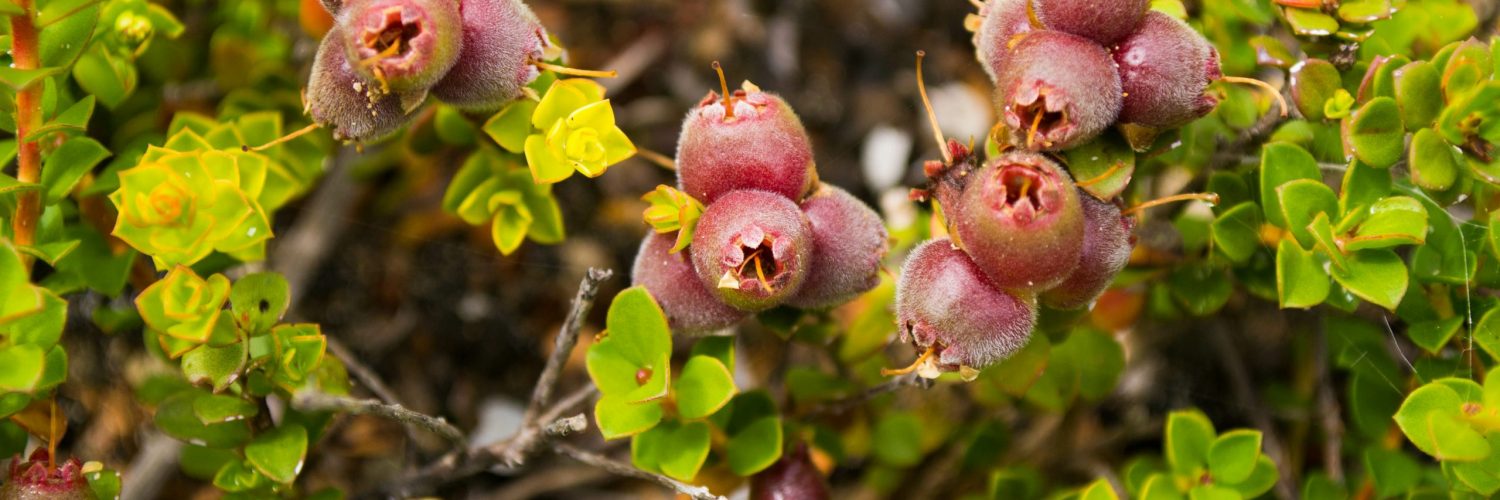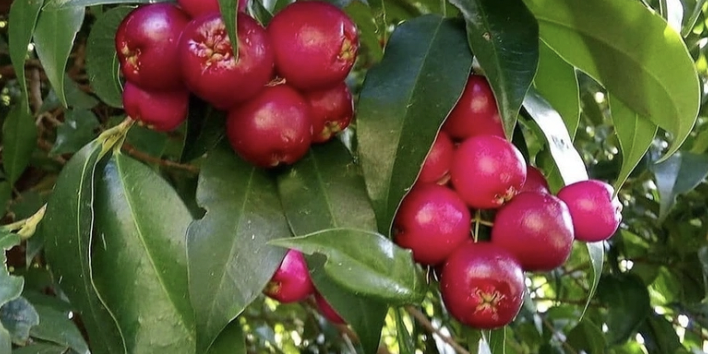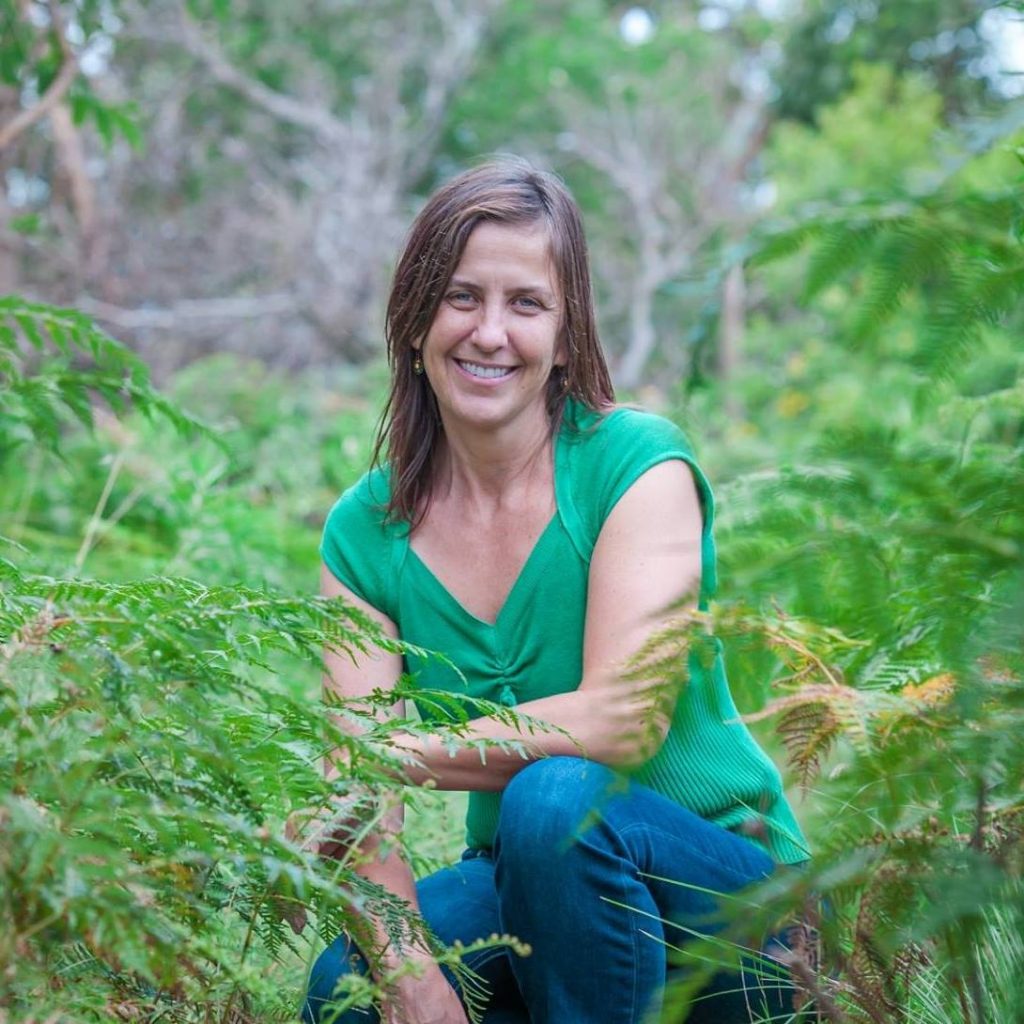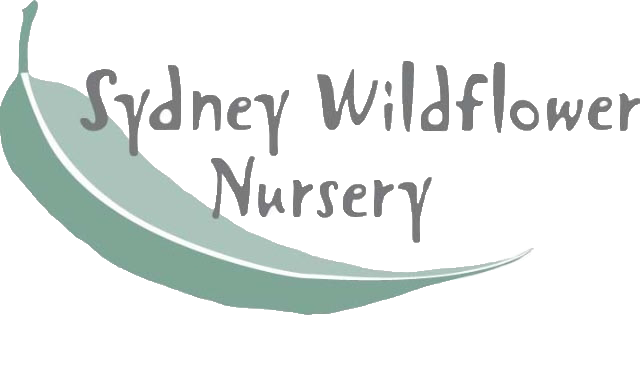
Edible native plants
Sydney Wildflower Nursery offers a wide selection of native Australian bush foods suited to the Sydney climate. Native edible plants include berries, grass seeds, plant roots, seeds, leaves and flowers. When eating bush foods, care must be taken to identify the plant correctly to ensure the plant is edible and to factor in any preparation required.
Native bush foods are the perfect option for people wanting a low maintenance edible garden. We provide plants that are well adapted to the Sydney climate and pack a punch in terms of goodness and flavour.
While Australian bush foods have been part of the indigenous diet for generations, many are now only just finding their way into the spotlight and onto the table. Below is a selection of native bush foods on offer at Sydney Wildflower Nursery.
Workshops + Designs
Narelle Happ from A Garden For Life is our resident edible native plant specialist and offers workshops and design services to residential, corporate and educational institutions interested in establishing edible native gardens.

Edible Australian native plants workshop
Join our native food expert Narelle Happ online for two exciting hours of exploring edible Australian plants. Narelle will teach you how to identify, grow, harvest and cook with native bush food species. No garden? No problems! Many of our local bush foods can be successfully grown in containers and Narelle will show you how in this educational and enlightening workshop.

Plant list
The information in the table below has been generously provided by Narelle from A Garden For Life. Please take care to identify plants correctly before consumption. If you would like further information in regards to native edible plants, please contact Narelle or attend one of our workshops on edible native plants.
| Botanic name | Common name | Use |
|---|---|---|
| Acacia longifolia | Sydney golden wattle | Green seeds can be eaten once roasted. |
| Acacia sophorae | Coastal wattle | Ripe seeds can be roasted and ground into a flour for baking. |
| Acmena smithii | Creek lilly pilly | Fruit can be eaten fresh or made into jam. |
| Alpinia caerulea | Ginger | Small blue berries are edible. Young roots can be harvested and used as a ginger substitute. |
| Apium prostrata | Sea celery | Leaves and stems can be used in cooking and as a herbal tea. |
| Araucaria bidwilli | Bunya nut | Large fruits up to 10kg fall from the tree when ripe. Put a hole in the casing before roasting otherwise they can explode. |
| Archirhodomyrtus becklari | Rose myrtle | Berries ripen from green to red and can be eaten fresh when ripe. |
| Arthropodium milleflorum | Vanilla lilly | Small fleshy roots can be eaten raw or roasted. |
| Arthropodium strictum | Chocolate lilly | Small fleshy roots can be eaten raw or roasted. Flowers have a chocolate fragrance. |
| Atriplex cinerea | Grey salt bush | Salty grey leaves can be dried and ground and used to flavour savoury dishes. |
| Atriplex nummalaria | Old man salt bush | Salty grey leaves can be dried and ground and used to flavour savoury dishes. |
| Austroloma humifusum | Native cranberry | Red flowers followed by green fruit. Fruit can be eaten raw and nectar can be sucked from the flowers. |
| Austromyrtus dulcis | Midyim berry | Edible berries, can be eaten raw |
| Backhousia anistata | Aniseed myrtle | Fresh or dried leaves can be used to make tea or aniseed flavouring. |
| Backhousia citriodora | Lemon myrtle | Fresh or dried leaves can be used to make tea or lemon flavouring for baking and cooking. |
| Backhousia myrtifolia | Cinnamon myrtle | Fresh or dried leaves can be used to make tea or cinnamon flavouring for baking and cooking. |
| Banksia spp. | Banksias | Nectar can be soaked to make a cordial or eaten fresh from flowers. |
| Billardiera scandens | Apple berry | Ripe purple fruits, unusually sweet and can be eaten fresh. |
| Bulbine bulbosa | Native leek | Roots can be eaten fresh or roasted. |
| Brachychiton populenus | Kurrajong | Seeds can be roasted. |
| Callistemon spp. | Bottlebrush | Nectar can be soaked to make a cordial or eaten fresh from flowers. |
| Carpobrutus glaucescens | Pigface | Leaves can be cooked and used like green beans, fruit appears after flowering and can be eaten raw with a taste similar to salty strawberry. |
| Cissus antarctica | Kangaroo vine | Grape like berries can be eaten raw. |
| Citrus austrlasica | Finger lime | Small finger sized fruit can be eaten fresh. Has a citrus flavour. |
| Cupaniopsis spp. | Tuckaroo | Orange edible fruit. |
| Davidsonia pruriens | Davidsons plum | Sour fruit is edible when ripens to purple. |
| Dianella caerulea | Blue flax lily | Purple fruit best eaten fresh when just ripe. |
| Diplogottis campbelii | Tamarind | Pulp of fruit can be used fresh for drinks and jam. |
| Eucalyptus olida | Strawberry gum | Fresh or dried leaves can be used as a tea or sweet, strawberry flavour enhancer to baking. |
| Enchylaena tomentosa | Ruby saltbush | Small, red berries are edible and taste bit salty and sweet. |
| Eupomatia laurina | Native guava | Soft, sweet flesh and strong, spicy seeds. The whole fruit can be dried and used to flavour foods. |
| Eustephus latifolius | Wombat berry | Edible orange fruits and tubers. |
| Ficus coronata | Fig | Remove hairy outer skin before eating ripe fruit. |
| Geitonoplesium cymosum | Scrambling lily | Shoots can be boiled and eaten. |
| Grevillea spp. | Grevilleas | Nectar can be soaked to make a cordial or eaten fresh from flowers. |
| Hardenbergia violacea | Sarsaparilla | Leaves as a tea substitute. |
| Hibiscus sabdariffa | Native rosella | Edible red calyxes are high in vitamin c. |
| Kunzea ambigua | Tick bush | Leaves can be ground and made into a green paste for flavouring – similar to spinach. |
| Kunzea pomifera | Muntries | Edible, pinkish yellow small berries best eaten fresh. |
| Leptospermum petersonii | Lemon-scented tea tree | Leaves can be used as a tea substitute |
| Linospadyx monostachys | Walking stick palm | Red berries best eaten when just ripe. |
| Lomandra confertifolia | Mat rush | Flowers and seeds can be used, seeds can be ground and made into flour. |
| Lomandra longifolia | Mat rush | Fleshy white stems can be eaten raw or cooked, tastes like fresh peas. |
| Macadamia spp. | Macadamia | Iconic Australian native edible nut. |
| Melaleuca spp. | Paperbarks | Nectar can be soaked to make a cordial or eaten fresh from flowers. |
| Melastoma affine | Blue tongue | Sweet/bitter fruit that stains the tongue blue. |
| Mentha spp. | Native mints | Aromatic herb can be used for tea or cooking. |
| Persoonia pinifolius | Geebung | Edible purple fruit best eaten when just fallen from the bush. |
| Pleiogynium timorense | Burkekin plum | Dark purple fruit can be eaten fresh or made into a jam. |
| Podocarpus spp. | Plum pine | Purple fruit can be eaten fresh or made into a jam. |
| Prostanthera incisa | Native thyme | Dried leaves used for flavouring. |
| Prostanthera rotundifolia | Native sage | Dried leaves used for flavouring. |
| Randia fitzlanii | Mangosteen | Raw yellow fruit can be eaten fresh. |
| Rhagodia spinescens | Salt bush | Edible leaves, small sweet red berries are also edible. |
| Rubus spp. | Native raspberry | Edible fruit, tastes like raspberry. |
| Smilax glyciphylla | Sweet sarsaparilla | Leaves can be used to make a sweet tea. |
| Syzygium leuhmannii | Riberry | Bright red fruits with spicy taste can be eaten fresh or made into jam. |
| Syzygium spp. | Lilly pilly | Pink fruits can be eaten fresh or made into jam. |
| Tasmannia lanceolata | Pepper bush | Leaves and seeds used for flavouring. Spicy pepper flavour. |
| Tetragona tetragonoides | Warrigal greens | Blanched leaves used like spinach |
| Themeda australis | Kangaroo grass | Seeds can be ground and used as a gluten free flour substitute. |
| Trachymene incisa | Native parsnip | Edible root can be eaten raw or cooked. |
| Viola hederacea | Native violet | Flowers can be used in salad. |
| Wahlenbergia spp. | Bluebell | Flowers can be used in salads. |
SYDNEY WILDFLOWER NURSERY
Since 1983, the Sydney Wildflower Nursery at Heathcote has been providing residents and visitors from around Australia with quality native Australian plants.
Supplying plants for jobs big and small we pride ourselves on our knowledge, passion and extensive range of beautiful and unusual Australian native trees, shrubs and wildflowers.
